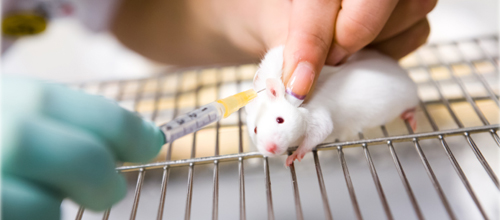October 17, 2017 (Medical News Today)
Scientists and researchers from the UK have set out to investigate why cancer often returns in patients whose cancers have become dormant, focusing especially on the body’s immune system.
The authors of this study explain that when cancer does come back, it often returns out of the blue and even more aggressively than the first time. While it is known that this occurs because cancer becomes treatment-resistant, the authors realize that it is very crucial to understand how the new tumor differs from the original as well as pinpoint exactly what triggers relapse, in order to give clinicians the power to intervene faster and more effectively.
In a mouse model of cancer dormancy, investigators studied two main elements of the immune system in their observation of tumor relapse in mice: the “so-called” TNF-alpha chemical and the natural killer (NK) cells. Interestingly, they discovered that after treatment, cancers cells that were left behind had undermined the TNF-alpha chemical, turning it from an anti-tumor agent, into a growth factor for disease.
Further, the residual cancer was able to weaken the immune attack response of T cells and NK immune cells – allowing cancer to return and thrive. It was also discovered that treatment-resistant cancer cells are coated with a lot of molecule called, PD-L1, which mixes with another molecule called, PD-1 and signals T cells to not attack cancer cells.
When the investigators gave mice a PD-1 or TNF-alpha inhibitor intravenously, it was found that long-term treatment definitely slowed or prevented reoccurrence of disease.
This study sheds light on how the immune system can play both an effective and ineffective role against cancer. Treatment-resistance can be halted using existing immunotherapies – the breakthrough lies in gaining a better understanding of how the immune system behaves when cancer is present. This understanding will open the doors to new treatment therapies in preventing cancer.
Read more about this discovery in cancer research here.






